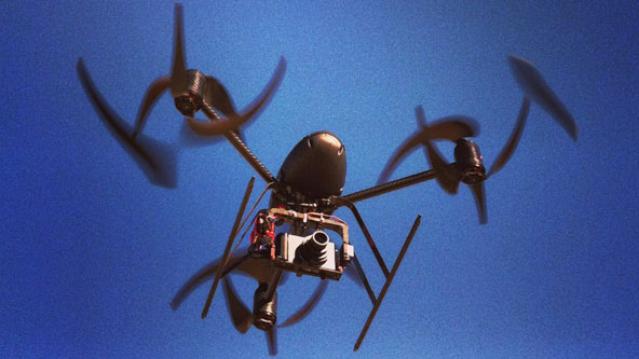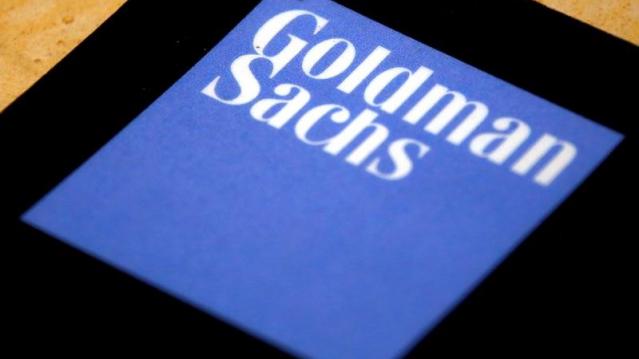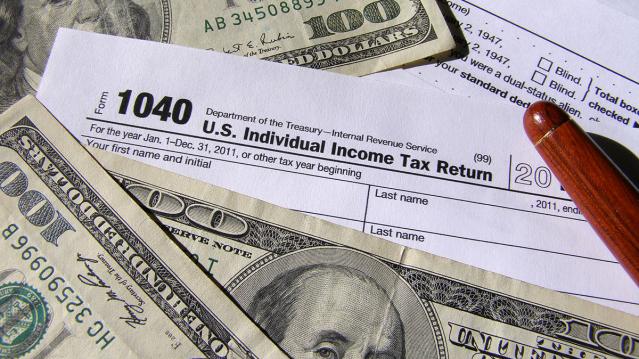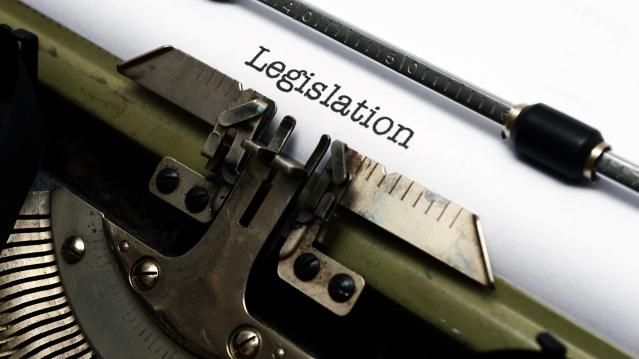North Dakota Police Can Now Legally Use Taser Drones

It’s a classic case of unintended consequences. A Republican lawmaker in North Dakota put forth legislation meant to prevent law enforcement officials from using unmanned aerial vehicles to conduct surveillance on private property without a warrant. It was transformed by fellow lawmakers into a bill allowing the police to mount Tasers, pepper spray, sound cannons and other “less-than-lethal” weapons on flying drones.
The legislation, House Bill 1328, was passed and signed into law earlier this year, but got little attention until this week, when a Daily Beast report pointed out the implications of the legislation: Law enforcement officers many miles away from suspects could have the authority to stun or otherwise incapacitate them.
Related: Ben Carson’s Idea for Controlling the Border – Military Drone Attacks
To be clear, the fact that something like this is technically legal doesn’t mean that state and local police departments will necessarily embrace the practice of remotely subduing suspects. Police officers are generally subject to local and departmental rules that can substantially limit what tactics are allowed.
The original version of the bill included language that would have barred law enforcement from mounting weapons of any kind on a drone: “A state agency may not authorize the use of, including granting a permit to use, an unmanned aircraft armed with any lethal or nonlethal weapons, including firearms, pepper spray, bean bag guns, mace, and sound-based weapons,” it said.
Supporters of the state’s police union introduced an amendment to the bill that would allow less-than-lethal weapons to be mounted on drones, according to the Daily Beast’s Justin Glawe. The amended bill was ultimately passed and signed into law.
Related: Europe Faces Up to Flight Safety Threat Posed by Drones
State Rep. Rick Becker this spring voiced his dismay at the changes to the bill in a public hearing, saying, “In my opinion there should be a nice, red line: Drones should not be weaponized. Period.”
Drones have, of course, been weaponized for years — the strikes just haven’t been in the U.S. If North Dakota is taking the lead, however, that might be about to change.
Top Reads from The Fiscal Times
- Trump Turns a Covetous Eye Toward Evangelical Voters
- Are Immigrants Really Taking American Jobs?
- Why the New Debt Ceiling Deadline Could Be Crucial
Goldman Sachs Says Corporate Tax Rate Cuts May Get Phased In

Despite the challenges the Republican tax overhaul faces, Goldman Sachs still puts the chances of a plan becoming law by early next year at about 65 percent — but its analysts see some substantial changes coming before that happens. “The proposed tax cut is more front-loaded than we have expected; official estimates suggest a tax cut of 0.75% of GDP in 2018. However, we expect the final version to have a smaller near-term effect as competing priorities lead tax-writers to phase in some cuts—particularly corporate rate cuts—over time,” Goldman said in a note to clients Sunday.
The Hidden Tax Bracket in the GOP Plan

Politico’s Danny Vinik: “Thanks to a quirky proposed surcharge, Americans who earn more than $1 million in taxable income would trigger an extra 6 percent tax on the next $200,000 they earn—a complicated change that effectively creates a new, unannounced tax bracket of 45.6 percent. … The new rate stems from a provision in the bill intended to help the government recover, from the very wealthy, some of the benefits that lower-income taxpayers enjoy. … After the first $1 million in taxable income, the government would impose a 6 percent surcharge on every dollar earned, until it made up for the tax benefits that the rich receive from the low tax rate on that first $45,000. That surcharge remains until the government has clawed back the full $12,420, which would occur at about $1.2 million in taxable income. At that point, the surcharge disappears and the top tax rate drops back to 39.6 percent.”
Vinik writes that the surcharge would have affected more than 400,000 tax filers in 2015, according to IRS data, and that it could raise more than $50 billion in revenue over a decade. At a Politico event Friday, House Ways and Means Chairman Kevin Brady said the surcharge, sometimes called a bubble rate, was included to try to drive more middle-class tax relief.
Read the Republican Tax Bill, Plus the Talking Points to Sell the Plan

House Republicans on Thursday released a 429-page draft of their "Tax Cuts and Jobs Act." Read the bill below, or scroll down for the House summary or a more digestible GOP list of highlights.
Another Analysis Finds GOP Tax Plan Would Balloon Deficits
A study by the University of Pennsylvania’s Wharton School, using the Penn Wharton Budget Model (PWBM), finds that three modeled versions of the plan would raise deficits by up to $3.5 trillion over 10 years and as much as $12.2 trillion by 2040. The lowest-cost plan modeled in the study — a version that would tax corporate income at 25 percent instead of the GOP’s proposed 20 percent and pass-through income at 28 percent instead of 25 percent, among a host of other assumptions and tweaks — would lose $1.5 trillion over 10 years, or $1 trillion after accounting for economic feedback effects. (The budget adopted by Republicans last week allows for up to $1.5 trillion to the added to the deficit.) The study also found that workers’ wages would increase by about 1.4 percent over a decade, far shy of the estimated benefits being claimed by the White House.
The Budget Vote May Depend on a SALT Deal
House GOP members concerned about the proposal to repeal the deduction for state and local taxes are supposed to meet with party leaders Wednesday evening. They’re reportedly looking to reach a compromise deal to keep the tax break in some form — and the budget vote might be at stake, Bloomberg reports: “House Republicans hold 239 seats and need 217 votes to adopt the budget — a critical step to passing tax changes without Democratic support. That means 23 defections could sink the budget resolution — assuming no absences or Democratic support.”
